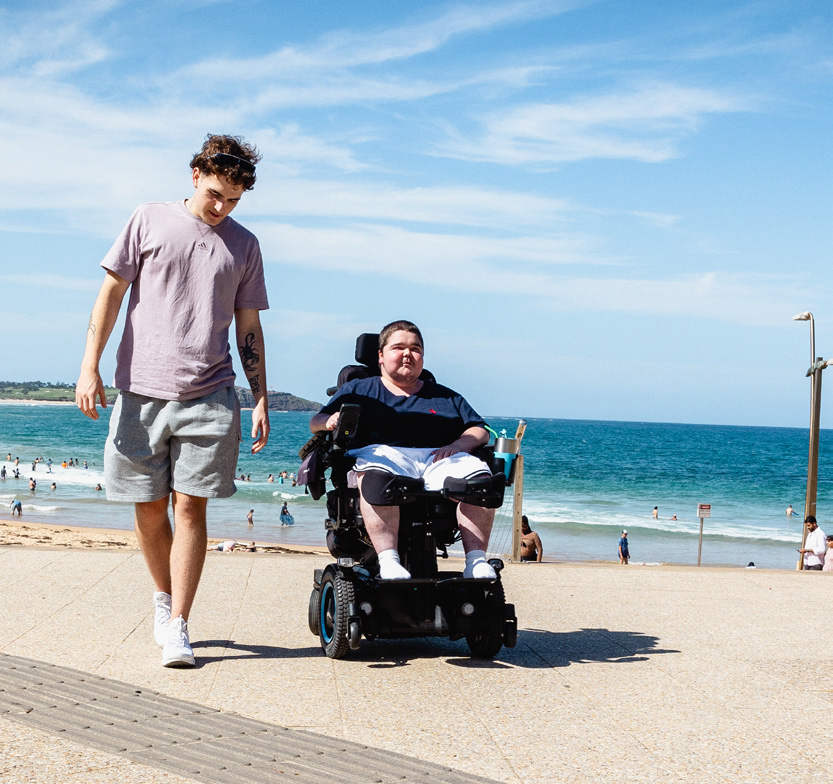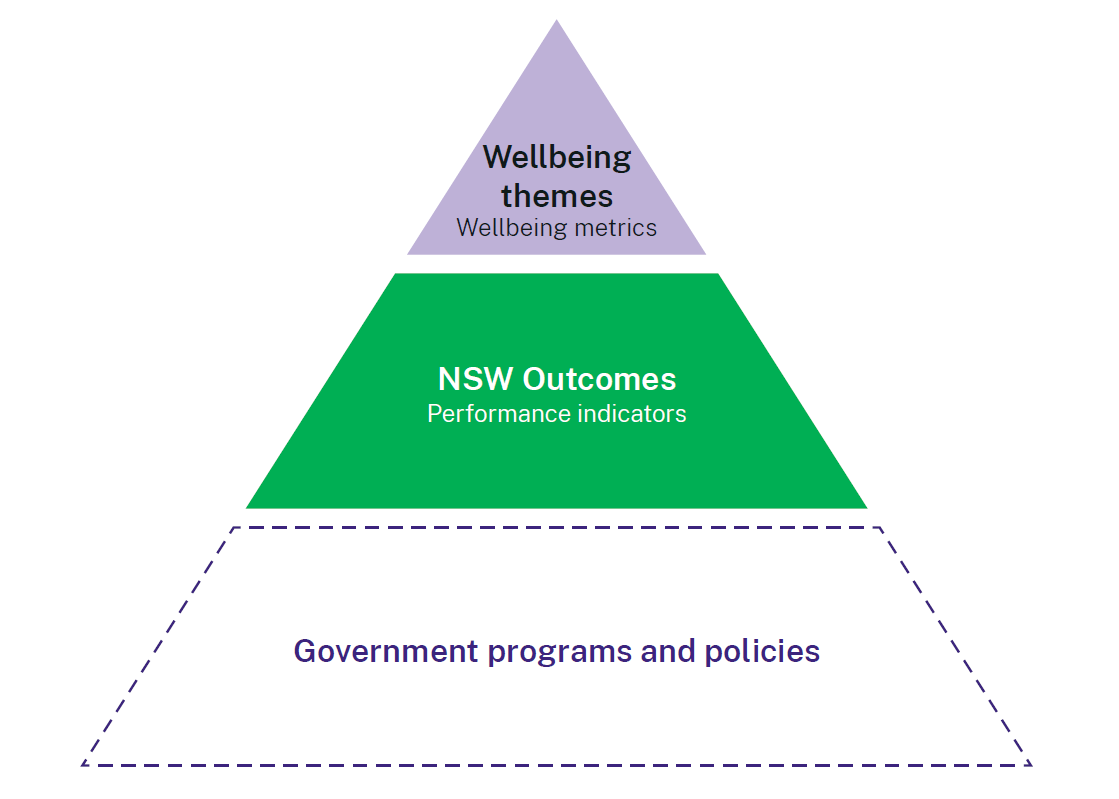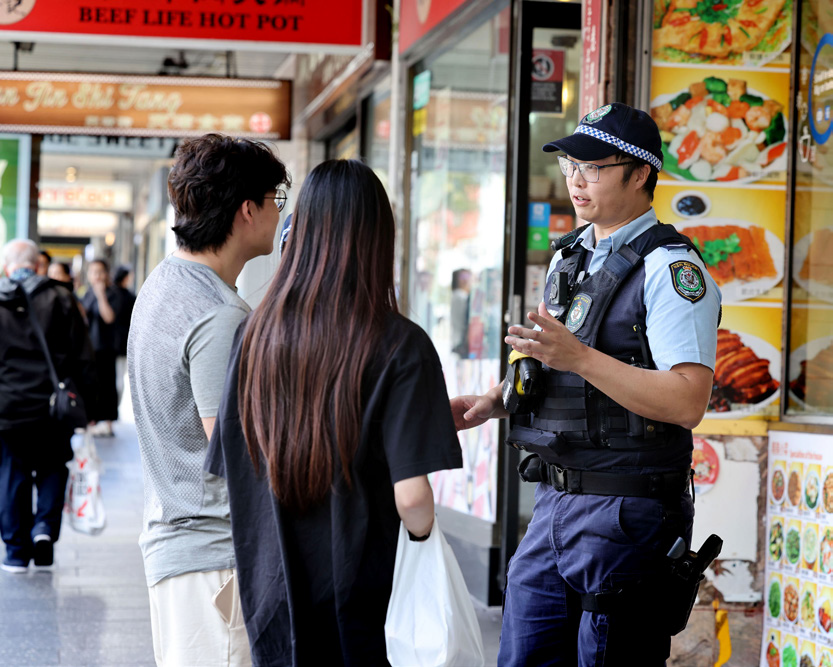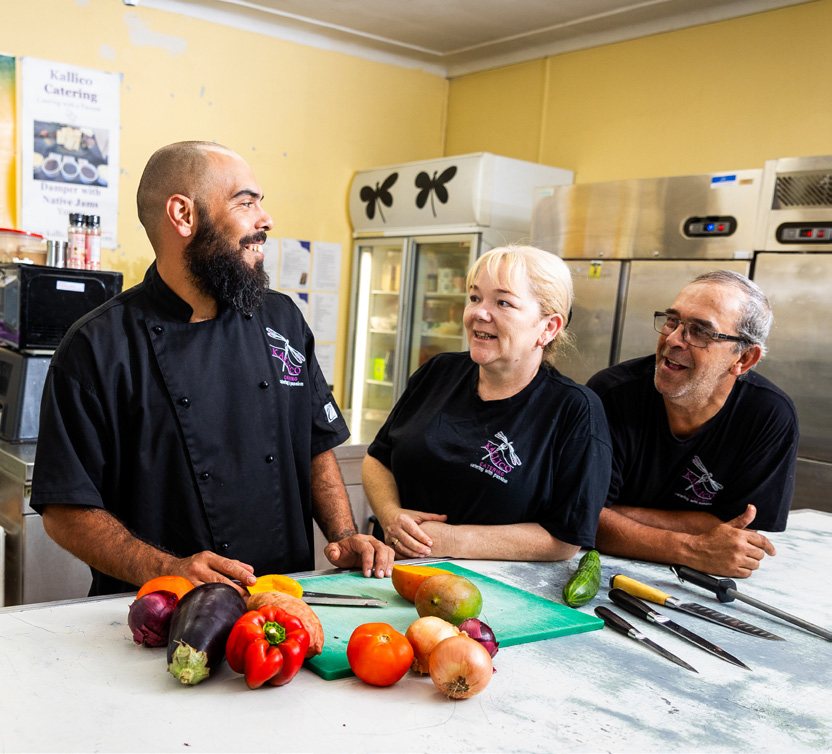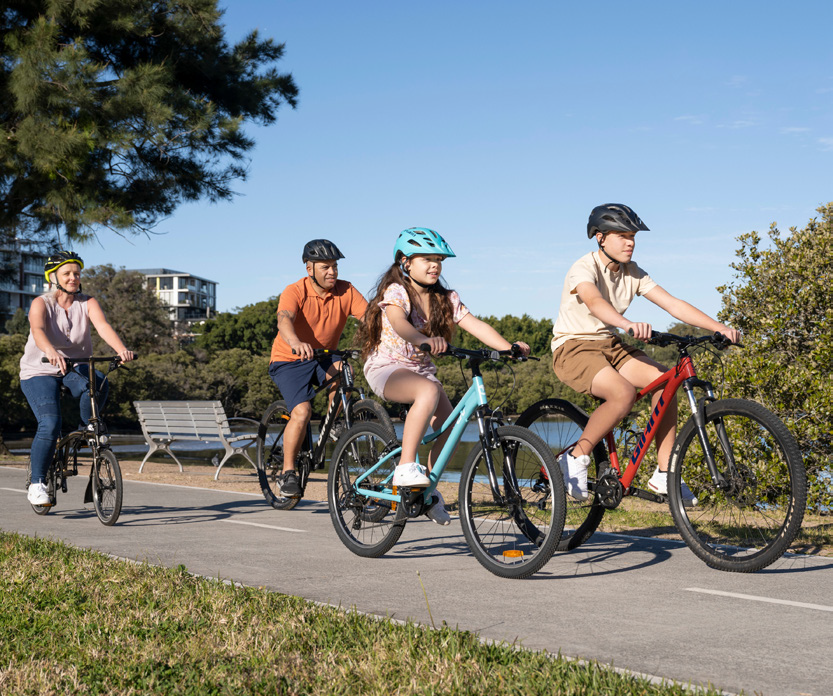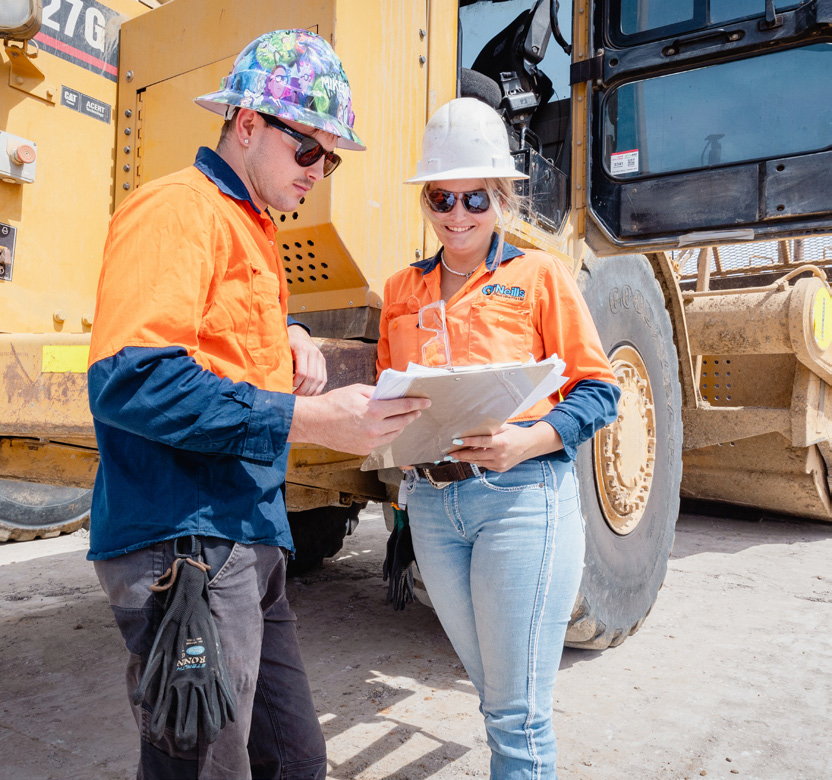| Communities are safe |
Reporting of abuse of adults with disability to the Ageing and Disability Commission |
Number of adults with disability reported to be subject to, or at risk of, abuse, neglect or exploitation |
A measure that helps to understand extent of adults with disability subject to abuse and drive better reporting |
|
| Communities are safe |
Reporting of abuse of older people (elder abuse) to the Ageing and Disability Commission |
Number of older people reported to be subject to, or at risk of, abuse, neglect or exploitation |
A measure that helps to understand extent of elder abuse and drive better reporting |
|
| Communities are safe |
Reported crime rate |
Reported crime rate per 100,000 people, by type of crime |
Reported crime rates help us understand the likelihood to report crime and community safety |
|
| Communities are safe |
Experiences of personal crime |
Experiences of personal crime, people aged 15 and over |
A measure to help understand the extent of victimisation experiences |
|
| Communities are safe |
Childhood witnessing of domestic violence |
Experiences of domestic violence witnessing, before the age of 15 |
A measure to help understand the extent of childhood domestic violence |
|
| Communities are safe |
Incidents of reported cybercrime, NSW |
Number of incidents of reported cybercrime, by type |
A measure to help understand the extent of digital safety and security of communities |
|
| Communities are safe |
Proportion of bushfires contained |
Proportion of bushfires contained to 10ha or less |
Performance metric for response to bushfires |
|
| People have access to justice and protection under the law |
Adult reoffending rate |
Proportion of adult offenders released from custody who have a new proven personal, property or serious drug offence in the 12 months following release |
A measure to help understand the extent of recidivism and effectiveness of crime prevention and reduction programs |
|
| People have access to justice and protection under the law |
Young persons reoffending rate |
Proportion of juvenile offenders who have a new proven personal, property or serious drug offence in the 12 months following participation in a youth justice conference or completion of a custodial or supervision order |
A measure to help understand the extent of recidivism and effectiveness of crime prevention and reduction programs |
|
| People have access to justice and protection under the law |
Finalisations, all Criminal Courts |
Finalisation rate per 100,000 people, all criminal courts |
A measure for effective caseload management and timely justice |
|
| People have access to justice and protection under the law |
Finalisations, District Court |
Proportion of District Court criminal cases finalised within 12 months |
A measure for effective caseload management and timely justice |
|
| People have access to justice and protection under the law |
Finalisations, Local Court |
Proportion of Local Court criminal cases finalised within 6 months |
A measure for effective caseload management and timely justice |
|
| Children and families are safe and supported |
Rate of children and young people at Risk of Significant Harm |
Rate of children and young people at risk of significant harm per 1,000 of population |
A measure to understand the extent to which children need care and protection |
|
| Children and families are safe and supported |
Children in out of home care (OOHC) |
Number of children (0-17) in OOHC |
A measure to understand the prevalence of children who are unable to live with their own families |
|
| Children and families are safe and supported |
Children exiting out of home care (OOHC) to restoration, guardianship or adoption |
Number of children exiting OOHC to restoration, guardianship or adoption, per 1,000 population |
A measure to understand the number of children exiting OOHC and entering permanent and safe family arrangements |
|
| Children and families are safe and supported |
Children in out of home care (OOHC) who were restored and did not return |
Children being restored with their parents or guardians who do not return within 12 months, by First Nations status |
A measure to understand the longer-term restoration rate of children with their parents or guardians |
|
| Children and families are safe and supported |
Children in high-cost emergency arrangements |
Number of children in high-cost emergency arrangements for OOHC |
An indication of the extent that the system is resorting to expensive and unstable care arrangements |
|
| Communities are prepared for and resilient to disasters and emergencies |
State emergency management plans |
Proportion of state emergency management plans that are up to date |
State emergency management plans are a statutory responsibility |
|
| Communities are prepared for and resilient to disasters and emergencies |
Rate of rescues |
Rescue incidents per 100,000 population attended by emergency service organisations |
Measures community exposure to rescue situations |
|
| Communities are prepared for and resilient to disasters and emergencies |
Structures destroyed by disasters and emergencies |
Number of structures destroyed by fire, to be expanded as data on other hazard types become available |
Indicates effectiveness of risk reduction and mitigation activities |
|
| Communities are prepared for and resilient to disasters and emergencies |
Number of properties protected by hazard reduction |
Number of properties protected by hazard reduction activities of emergency services organisations |
Indicates the effectiveness of mitigation works to limit the adverse impacts of emergency events |
|
| Communities are prepared for and resilient to disasters and emergencies |
Rate of fire deaths |
Deaths per 1 million people where cause of death is fire-related, including both structure and landscape fires |
Indicates effectiveness in limiting adverse effects of emergency events |
|
| Communities are prepared for and resilient to disasters and emergencies |
Confinement rate for accidental structure fires |
Percentage of accidental structure fires (residential and other property types) confined to room or object of origin |
Indicates of the effectiveness of responses to structure fires and risk reduction and mitigation activities |
|




